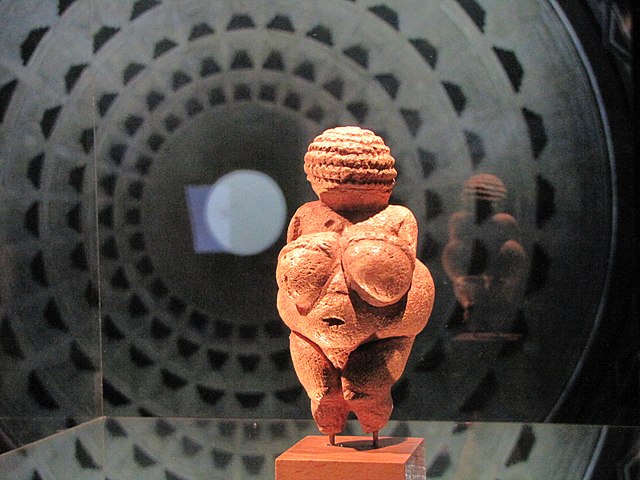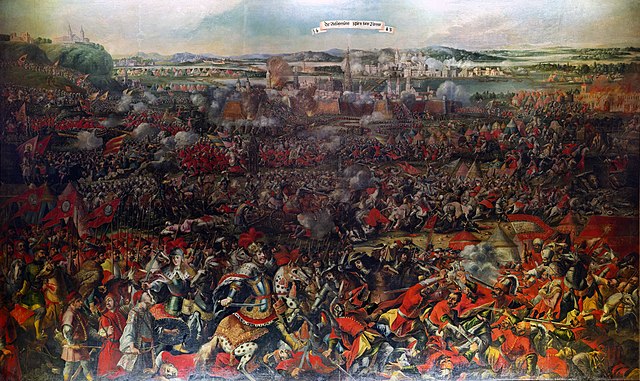Austrians are the citizens and nationals of Austria. The English term Austrians was applied to the population of Habsburg Austria from the 17th or 18th century. Subsequently, during the 19th century, it referred to the citizens of the Empire of Austria (1804–1867), and from 1867 until 1918 to the citizens of Cisleithania. In the closest sense, the term Austria originally referred to the historical March of Austria, corresponding roughly to the Vienna Basin in what is today Lower Austria.
The first document containing the word "Ostarrîchi"; the word is marked with a red circle.
Growth of the Habsburg Monarchy
Chancellor Kurt Schuschnigg
Sign of the Austrian resistance movement at the Stephansdom in Vienna
Austria, formally the Republic of Austria, is a landlocked country in Central Europe, lying in the Eastern Alps. It is a federation of nine federal states, one of which is the capital, Vienna, the most populous city and federal state. Austria is bordered by Germany to the northwest, the Czech Republic to the north, Slovakia to the northeast, Hungary to the east, Slovenia and Italy to the south, and Switzerland and Liechtenstein to the west. The country occupies an area of 83,879 km2 (32,386 sq mi) and has a population of around 9 million.
Venus of Willendorf, 28,000 to 25,000 BC, at the Museum of Natural History Vienna
The Battle of Vienna in 1683 broke the advance of the Ottoman Empire into Europe.
Adolf Hitler speaking at Heldenplatz, Vienna, 1938
The liberation of Mauthausen concentration camp, 1945








